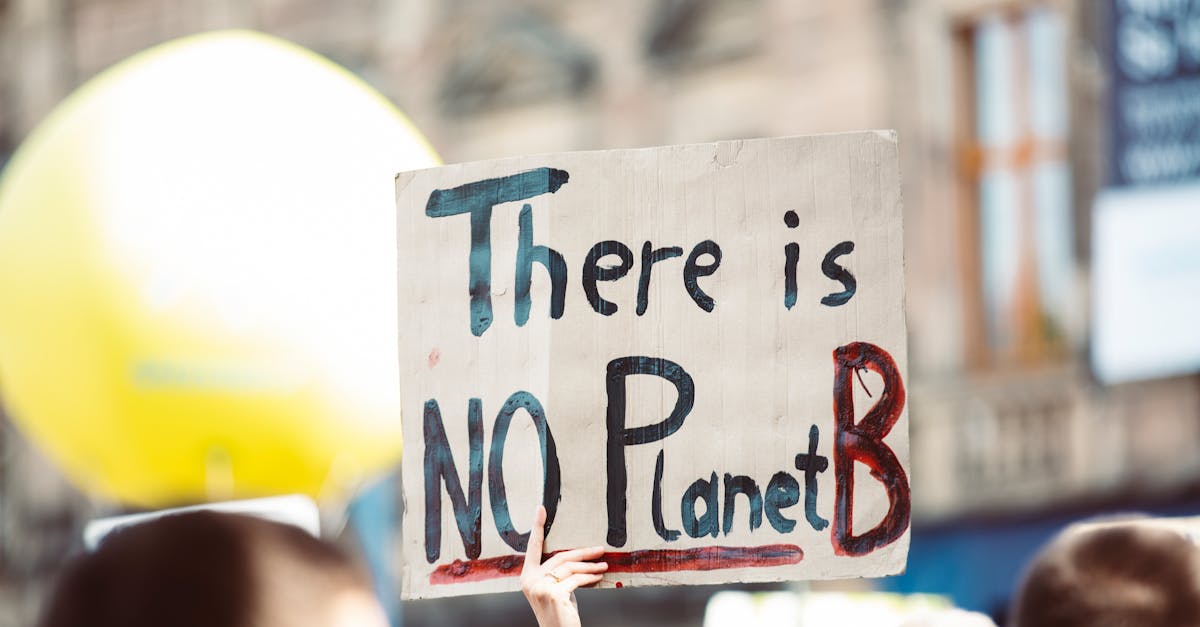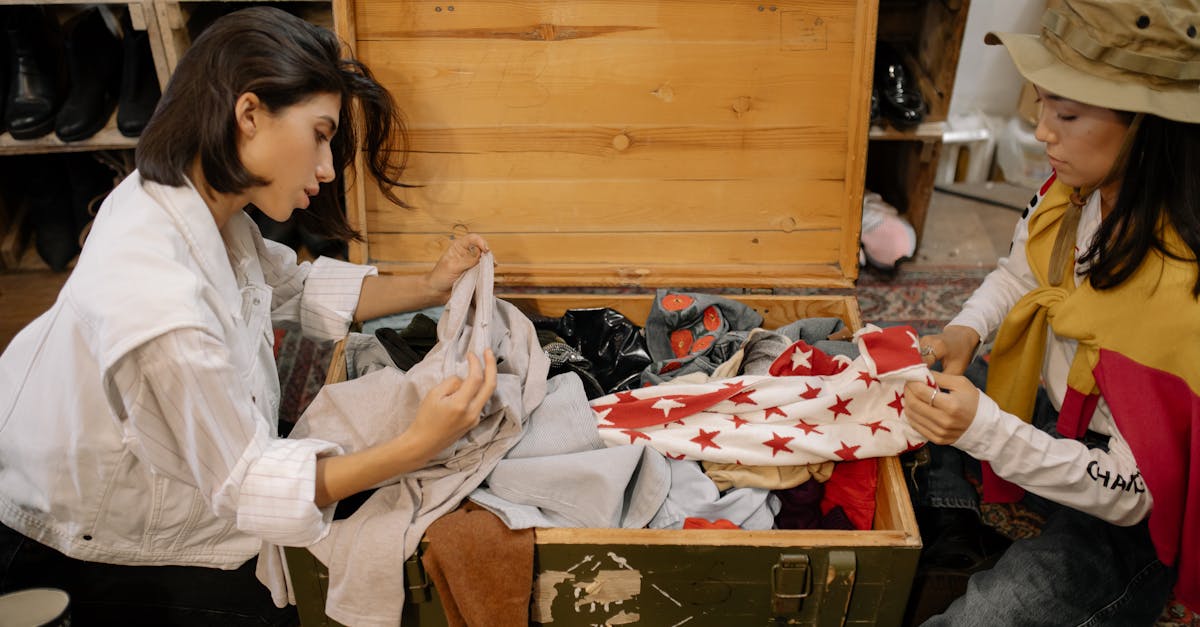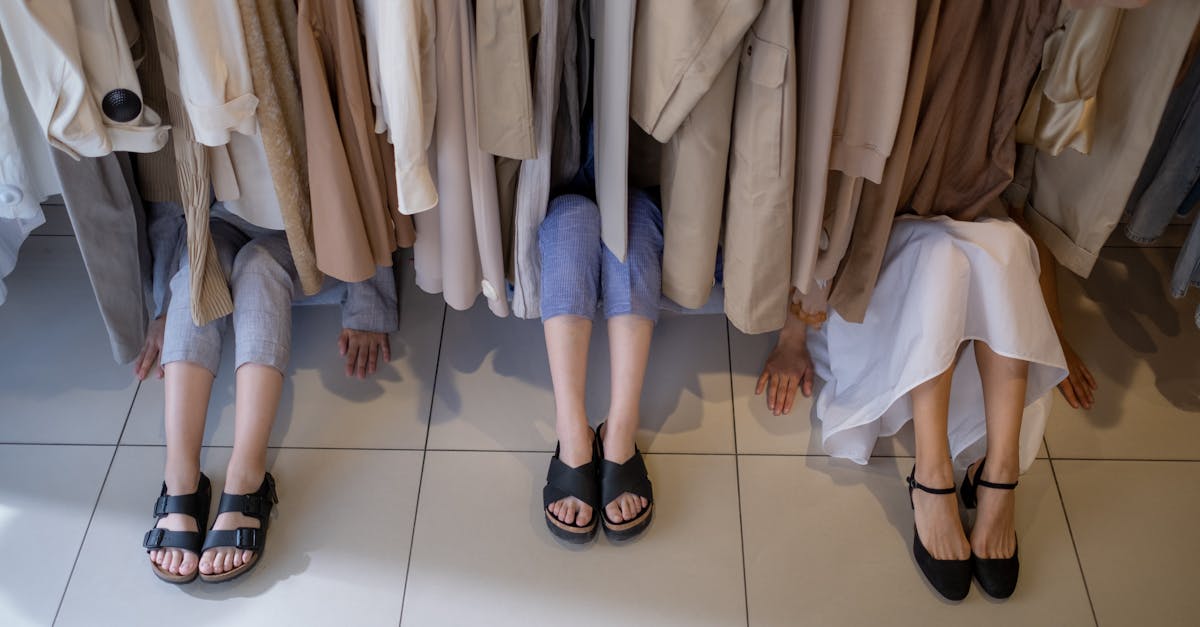The Hidden Costs of Fast Fashion and How to Shop Smarter
Introduction
In today's rapidly changing world of fashion, the allure of trendy and affordable clothing keeps consumers coming back for more. Fast fashion brands have capitalized on our desire for new styles, offering a constant flood of fashionable options at low prices. However, beneath the appealing facade lies a reality fraught with environmental degradation, exploitation, and systemic waste. Fast fashion prioritizes quantity over quality, often with dire consequences that reverberate across the globe. As more information surfaces about its hidden costs, consumers must become informed about its broader impacts. Understanding the consequences of our purchasing decisions can empower us to make more conscientious choices. In this article, we will uncover the murky world of fast fashion and explore ways to shop smarter.
Advertisement
Environmental Impact
Fast fashion's immediate impact on the environment is profound and multifaceted. The demand for quick turnaround requires aggressive sourcing of natural resources, resulting in significant water usage and pollution. Most notably, the textile industry accounts for a considerable portion of global carbon emissions, surpassing even aviation and shipping combined. The quick production cycle also leads to vast amounts of waste, as unsold merchandise is often incinerated or sent to landfills. Toxic dyes and microplastics from synthetic fabrics further contaminate water bodies, poisoning aquatic ecosystems. As consumers, we must recognize the environmental footprint of every trendy purchase, striving towards sustainability by choosing brands with eco-friendly practices.

Markus Spiske/Pexels
Advertisement
Labor Exploitation
Beyond environmental consequences, fast fashion thrives on the exploitation of labor in developing countries. Workers are subjected to grueling hours, meager wages, and unsafe working conditions to keep clothing costs low. These labor violations often lead to psychological and physical harm, as workers remain trapped in the cycle of poverty without basic human rights protections. The dire conditions reached global awareness in 2013 with the Rana Plaza collapse in Bangladesh, which highlighted the dark side of this industry. Commitment to ethical fashion means demanding transparency from brands and favoring those that prioritize fair wages and worker safety.
Advertisement
Societal Impacts
The accessibility of fast fashion feeds into a culture of overconsumption and disposability, altering consumer behavior and societal values. With such frequency in purchases, clothes are often treated as temporary items, leading to reduced personal attachment and increased wastefulness. The influx of cheaply made garments has cornered the market and often stifled traditional craftsmanship, threatening cultural textile practices. Adopting a more mindful approach to fashion can foster a renewed appreciation for quality, fostering more personal investment and reducing our throwaway mentality.
Advertisement
Quality vs Quantity
While fast fashion emphasizes speed and volume, it often sacrifices quality, producing garments that rapidly deteriorate. Consumers may find themselves repeatedly replacing items, which can ultimately prove more costly than investing in well-made apparel. By shifting focus from quantity to quality, shoppers can cultivate a versatile wardrobe of timeless pieces built to last. Detailed attention to garment construction, fabric, and fit becomes fundamental, ensuring each purchase is a worthwhile investment.
Advertisement
The Rise of Sustainable Brands
With growing awareness of fast fashion's pitfalls, there has been a significant rise in sustainable fashion brands prioritizing environmental and ethical standards. These emerging players emphasize responsible sourcing, waste reduction, and fair labor practices, offering alternatives to conventional fast fashion. Supporting these brands helps drive industry transformation toward a more sustainable future. Consumers can be agents of change by researching brand commitments to sustainability and making informed purchasing decisions that align with their values.
Advertisement
Innovative Fabric Solutions
Technological advances are also driving the sustainable fashion movement, with innovative materials offering eco-friendly alternatives to traditional textiles. From biodegradable fabrics and recycled fibers to lab-grown leather and plant-based textiles, these materials promise minimal environmental impact and lower resource consumption. Furthermore, adopting circular fashion practices, such as recycling and upcycling, can extend garment life cycles, reducing waste and maximizing resource efficiency.
Advertisement
Smart Shopping Strategies
Smart shopping starts with mindfulness and intention. Before making a purchase, consider how each item fits into your wardrobe, purpose, and lifestyle. Opt for classic pieces over fleeting trends and prioritize needs over impulses. Possessing fewer items that you truly love and wear maximizes utility and reduces clutter. Participate in clothing swaps, rent fashion items, or shop secondhand to minimize your carbon footprint and contribute to a more sustainable fashion ecosystem.
Advertisement
The Role of Education
Consumer education plays a pivotal role in reshaping fashion industry norms. By spreading awareness of fast fashion's hidden costs, individuals can champion ethical consumption and inspire others. Support organizations advocating for transparency, sustainable practices, and worker rights. Engage in discussions with peers to foster a culture of informed consumerism, encouraging collective action toward meaningful change. Stay connected through workshops, documentaries, and online communities dedicated to sustainable fashion.
Advertisement
Conclusion
The hidden costs of fast fashion are as enormous as they are far-reaching. Yet, with awareness and determination, consumers wield the power to challenge and change these realities. Committing to responsible consumption requires a conscious effort to scrutinize brands and make informed choices. Embrace a lifestyle that values mindfulness, sustainability, and quality, favoring producers that share these principles. By adopting these practices, we can pave the way for a more equitable and sustainable fashion industry. Through concerted efforts, a future where fashion respects both people and our planet is within reach.
Advertisement

